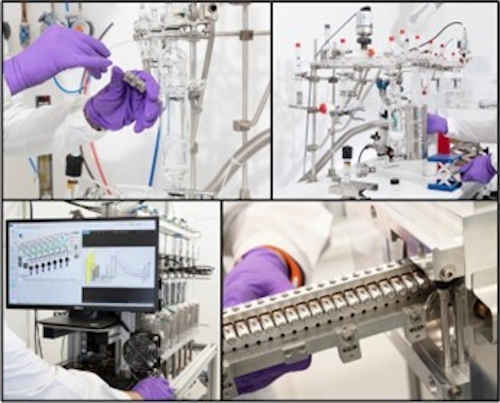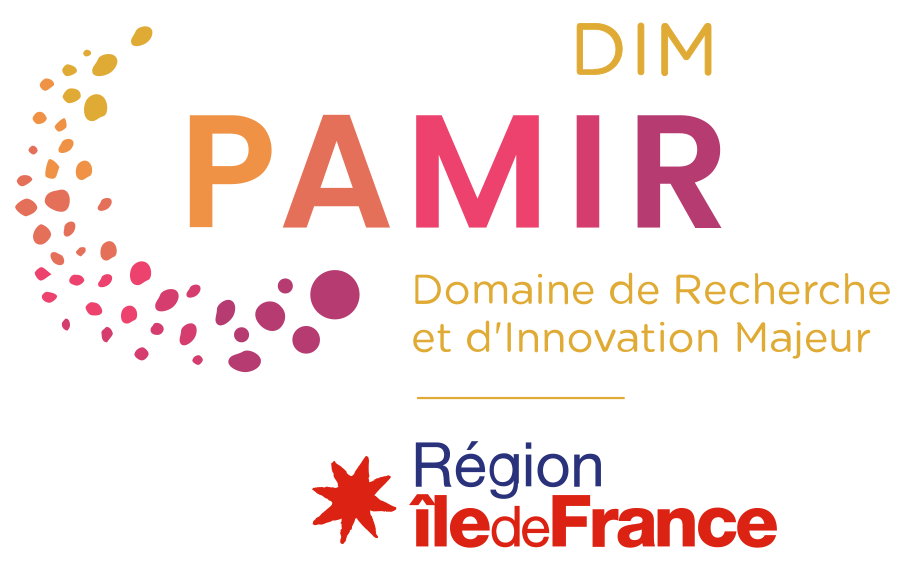
EXCITAN
Extraction and graphitization of carbonate and dissolved inorganic carbon - An innovative analysis technique
Scientific responsibility :
- François Thil
- Christine Hatté
- Giuseppe Siani
- Charlotte Prud’homme
- Philippe Ciffroy
Methodological axes :
Thematic fields :
Disciplinary sectors :
Funding :
- DIM PAMIR
- LSCE
- REGEF
- EDF – R&D
- GEOPS
- PANOPLY
- CRPG
- LGL – TPE
Project ID : IDF-DIM-PAMIR-2025-5-002
Summary :
Several palaeoenvironmental reconstructions and palaeoclimatic records are based on the identification and analysis of carbonated materials. This is the case, for example, of palaeoclimatic reconstructions based on the identification of foraminifera from marine cores, or the study of corals, malacofauna, limestone tuffs and speleothems to retrace past environments. In addition to these palaeoenvironmental reconstructions, we conduct research more directly linked to archaeology. There is for instance the monitoring of urban dynamics through the analysis of carbonate deposits in hydraulic networks, or the exploration of symbolism in past societies through the characterisation of cave art which is sometimes protected by calcite deposits. However, in order to give these studies a dynamic dimension, by tracing their evolution over time, it is essential to establish a reliable chronology. Radiocarbon dating (14C) has become the reference method for the last 50,000 years. The aim of the EXCITAN project is to acquire an automated carbon extraction and graphitisation system for carbonate materials and dissolved inorganic carbon (DIC) in water for their radiocarbon analysis. This instrument will reinforce existing pieces of equipment around the ECHoMICADAS technical platform, an accelerator mass spectrometer (installed in 2015, with support from the region via DIM Analytics). It will come in reinforcement to ageing extraction lines (some of which are over 20 years old) and the graphitisation line for carbonates. With this equipment several stages in the process will be automated: 1) carbon extraction from carbonates or water in the form of CO2 by addition of orthophosphoric acid, 2) sequential CO2 transfer into the reactors, 3) quantities of CO2 estimation and H2 addition, accordingly, 4) graphitisation at a controlled temperature. This cutting-edge technology will optimise analytical time and reduce associated costs.

